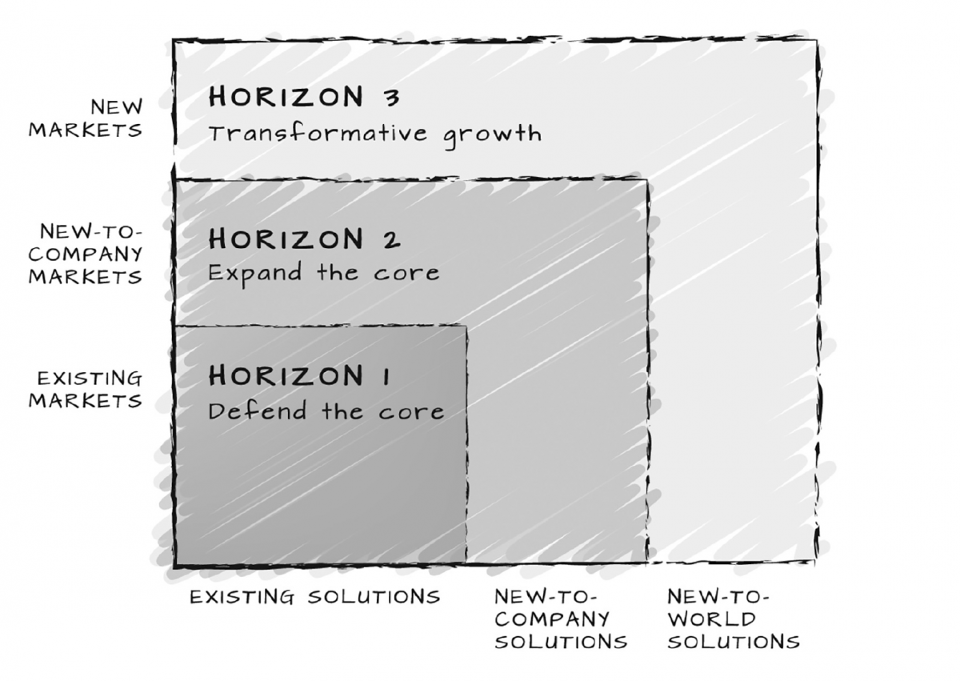Serena Williams is a fiercely competitive tennis champion. Her record is 39 Grand Slam titles. She shows an ability to serve aces at critical moments — a tennis serve the opponent doesn’t touch. She’s known for her aggressive play, a “high risk” style balanced in part by her serve, the greatest in women’s tennis history. She consistently places powerful shots with accuracy. She isn’t thrown off by variation of circumstances. She won the Australian open while eight-weeks pregnant. If you’ve ever been pregnant then you know going for a long walk pregnant is hard. But Serena was not going to back down, even in her most vulnerable moment.
The best athletes in the world take thoughtful and bold risks in critical moments. Serena is a powerful reminder of how to be a leader in uncertain times. Like Serena’s playing style, companies today must consistently make bold bets on customer experience even in uncertain times.
One area we need to do a better job of risk-taking is customer experience. Recent research shows that last year 75% of companies said their top objective for the year was improving customer experience. But how do companies know how to do that? There is a major role for innovation when it comes to improved customer experiences.
Author Michael Docherty writes in his book Collective Disruption: How Corporations & Startups Can Co-Create Transformative New Businesses about Growth Horizons, a McKinsey framework that breaks down the percentages when it comes to managing the core business versus innovation. The Growth Horizon advises leaders spend 70% of their time on defending the businesses’ core. These are the standard products and services that the company became successful selling. Next 20% of time and resources should be spent on expanding those current products and services. Lastly, 10% of time and resources must be spent on transformative growth. Transformative growth is the innovation that shifts or pivots a company’s entire strategy. Most companies don’t spend enough time on transformative growth because they aren’t good at transformative and it’s scary for them. An example is Amazon that moves into a new industry overnight. We’ve seen many examples of this by Amazon including the recent acquisition of Whole Foods Market.
We are at a point where companies need to aggressively innovate their customer experience. The companies that do this will ultimately win more market share. There is a huge gaping opportunity when it comes to customer experience because most companies are simply terrible at it. But these investments would require companies to make bold moves in uncertain times. Today it is too easy to be replicated, to be ripped off — for brands not to continue to evolve and move the needle with transformative growth.
It’s helpful for you to think about ways you can innovate the customer experience, looking at companies that have actually done it. Here are five ways you can innovate your customer experience learning from companies Lemonade, McDonalds, Amazon, Walmart, and one cautionary tale.
Marry Efficiency With Giving Back
One example of an industry ripe for disruption is the insurance industry. Most customers are confused and frustrated with insurance companies. A customer must pay a steep monthly fee to an insurance provider, and when that customer needs coverage, the insurance company often treats the customer poorly. Most customers buy insurance with the knowledge that they will get little value out of relationship. Insurance customer journeys are possibly the worst out of any industry. The customer journey needs an update. Claims are processed in the way that they always have been. Many employees still touch the claim. Often insurance companies require customers to send in claim information via the mail. You cannot always file a claim online and rarely on your phone. But one start-up set out to change all that. Daniel Schreiber, cofounder of new insurance company Lemonade said in an interview, “Insurance is widely considered a ‘necessary evil.” Lemonade has changed the business model. Lemonade takes a fixed fee out of the customer’s monthly payments, pays reinsurance (and some unavoidable expenses) and uses the rest for paying out claims. Their customer journeys are mobile-friendly. It doesn’t take long to get a response regarding a claim. Lemonade, using artificial intelligence has made the underwriting and claims process easier. The resulting customer experience becomes more seamless, instantaneous and trustworthy. According to Lemonade, 87% of their customers are first time insurance buyers. Lemonade appeals to an underserved market. Millennials love how with Lemonade, any unclaimed insurance money will be donated to a charity of the customer’s choice. They’ve successfully married efficiency with conscious capitalism in an industry that many customers don’t trust.
Give Customers Tools To Do Things Themselves
McDonalds was the original restaurant chain to focus on operational efficiency and profits. Everything about its DNA was focused on these items. While they sold the idea of “community” and “family values,” when you learn about the origin story, it was about one man’s drive to make tons of money (Ray Kroc). McDonalds recently rolled out cashier kiosks so customers don’t interact with a person when paying for their food. While some have economic fears that robots will replace people, many customers and corporate leaders prefer efficiency and speed of automation. Will we see more companies opting for automation? Or companies taking a hard stance against automation to build a people first experience? I think artificial intelligence lends itself nicely to fast food – because these customers are there because they want fast experiences. You would not find this experience at a sit-down restaurant with local produce. There are some nice aspects of having people, such as the human touch, the education about the products or services, and the showmanship of the experience. While giving customers tools to do things themselves doesn’t always mean payment kiosks, McDonalds knows its customer base. Its customers want fast service. If you give them efficient tools so they can do things themselves, it might be a win win for you and your customers.
Speed Up And Simplify Retail Interactions
The most time-consuming part of shopping in a retail store is having to wade through stuff that’s not relevant for you — the customer. For example I love the savings I get from high end discount stores but to get those savings in the store I have to dig through tons of stuff that I don’t like or want. By the end of the shopping trip I am tired. The savings I get comes at a cost. What happens when a company will be able to cut out the work for the customer and provide competitive pricing? Walmart is testing giant kiosks in their stores, called “pickup towers.” To use the tower, customers scan a barcode on their purchase receipt. Within 45 seconds, a door on the machine opens, and the items appear on a conveyer belt. This saves the customer time, but allows them to pick up their items – this way they don’t have to worry about packages being stolen throughout the day.
Embrace Transparency — Don’t Coerce Or Confuse Customers
Recently I got an email from Groupon that there was some strange behavior with my account. I don’t use Groupon and I went to delete my account today. Guess what? It’s impossible to delete your account yourself. I spent time all over the website, in the help section, and then on Google. No delete account that’s easy to find! When companies make it so hard to delete your account, it makes me think they want high numbers to tell their board “look how many users we have!” However if the users are people like me who no longer get value out of the service, is that a valuable company? How long will they drag people along with their numbers of inactive users. Why don’t they make it easier for customers to delete their account? Groupon is an example of a company that uses trickery in their customer journey to inflate their numbers. But what company has thrived by tricking their customers? If a user wants to delete their account, make it easy for them to do so. You are only lying to your board members if you have millions of inactive users because you made it impossible for them to leave. Provide real value to people and they will stay. But don’t trick them into remaining stuck with you. You can unsubscribe, but I want my account totally deleted from the site. Make it easy for the user!
Trust Customers To Test Your Products Before Buying Them
Amazon is launching a Try Before You Buy Service. This is huge for retail. How will the other subscription based retailers compete with that? Basically every online retailer should be worried. That’s the main pain with companies like Nordstrom Rack, where when you buy an item and return it, it costs you, the customer, more than 5 bucks. For someone like me who buys stuff all the time online and needs to exchange a different size, that’s a problem — and a lot of money. Amazon again is making customer’s lives simply easier and better — and they will continue to gain market share in doing that.
What are the ways you can make customers lives easier and better? If you start from there you will find yourself with tons of great ideas, and your business will go from disrupted to disruptor.
Blake Morgan is a keynote speaker, customer experience futurist and author of More Is More. Sign up for her weekly customer experience newsletter here.


